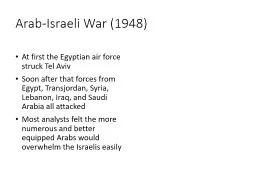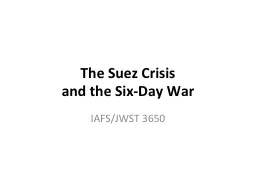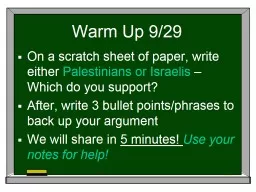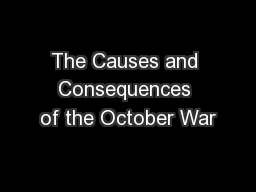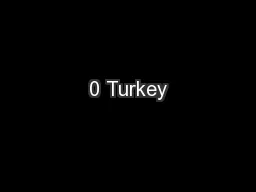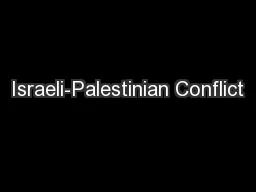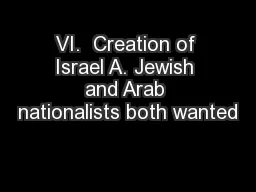PPT-Arab-Israeli War (1948)
Author : stefany-barnette | Published Date : 2017-10-09
At first the Egyptian air force struck Tel Aviv Soon after that forces from Egypt Transjordan Syria Lebanon Iraq and Saudi Arabia all attacked Most analysts felt
Presentation Embed Code
Download Presentation
Download Presentation The PPT/PDF document "Arab-Israeli War (1948)" is the property of its rightful owner. Permission is granted to download and print the materials on this website for personal, non-commercial use only, and to display it on your personal computer provided you do not modify the materials and that you retain all copyright notices contained in the materials. By downloading content from our website, you accept the terms of this agreement.
Arab-Israeli War (1948): Transcript
Download Rules Of Document
"Arab-Israeli War (1948)"The content belongs to its owner. You may download and print it for personal use, without modification, and keep all copyright notices. By downloading, you agree to these terms.
Related Documents

